Revision of Galeazzi Fracture Dislocation with TFCC Repair and Ulnar Styloid Fixation
Score and Comment on this Case
Clinical Details
Clinical and radiological findings: A 28-year-old male sustained a left non-dominant hand injury from a motorbike accident, presenting with a closed Galeazzi fracture dislocation and a broad base avulsion of the ulnar styloid, indicating disruption of the deep fibers of the triangular fibrocartilage complex (TFCC). Neurovascular status was intact. Initial management involved open reduction and internal fixation (ORIF) of the radial shaft fracture with a 3.5mm locking compression plate (LCP). Intraoperative findings showed spontaneous reduction and stability of the distal radioulnar joint (DRUJ), but subsequent postop clinical examination revealed marked instability of the DRUJ, despite equivocal CT findings.
Preoperative Plan
Planning remarks: The revision surgery plan included reduction and percutaneous Kirschner wire (K-Wire) fixation of the DRUJ, followed by addressing the ulnar styloid avulsion and TFCC injury. The approach for the DRUJ was percutaneous, while the ulnar styloid and TFCC repair involved a direct approach over the ulnar aspect of the distal ulna.
Surgical Discussion
Patient positioning: The patient was positioned supine on a radiolucent operating table, with the left arm placed to the side on a secondary arm table.
Operative remarks:Initial fluoroscopic examination confirmed dorsal instability of the ulna. A congruent reduction of the DRUJ was achieved in full supination. Percutaneous K-Wire fixation of the DRUJ was performed with two 2.0mm K-Wires proximal to the joint level, transfixing the ulna to the radius in supination.
A 2cm incision was then made over the ulnar aspect of the distal ulna, between the flexor carpi ulnaris and extensor carpi ulnaris, preserving the dorsal cutaneous branch of the ulnar nerve. The ulnar styloid fragment was identified, and soft tissue, possibly including part of the TFCC, was found entrapped in the fracture gap.
Retrograde K-Wire fixation of the ulnar styloid with a 1.2mm K-Wire. A number one Vicryl suture was used to secure TFCC 'hammock' fibers distal and medial to the styloid, seured proximally around the distal transfixation K-Wire, a modification of Argintar’s technique.
Postoperative protocol: Postoperative rehabilitation included immobilization in an above-elbow cast at 90 degrees of elbow flexion and supination for 5 weeks
Follow up: Not specified
Orthopaedic implants used: 3.5mm LCP plate for radial shaft, two 2.0mm K-Wires for DRUJ fixation, one 1.2mm K-Wire for ulnar styloid fixation, number one Vicryl suture for Argintar TFCC repair.
Search for Related Literature
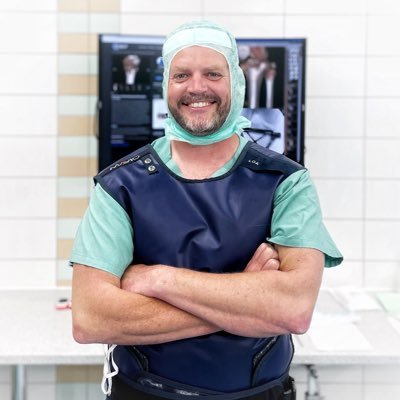
Dr Ed Oates
- Germany , Schleswig Holstein
- Area of Specialty - General Trauma
- Position - Specialist Consultant

Industry Sponsership
contact us for advertising opportunities
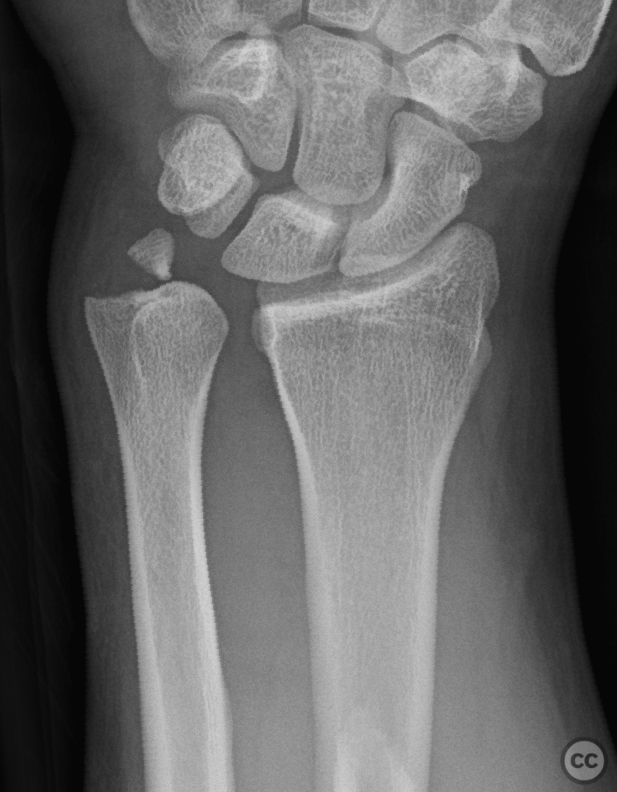
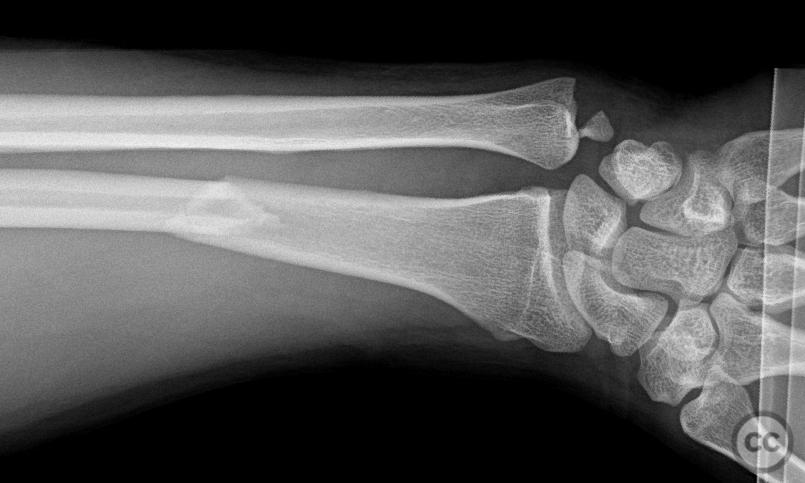
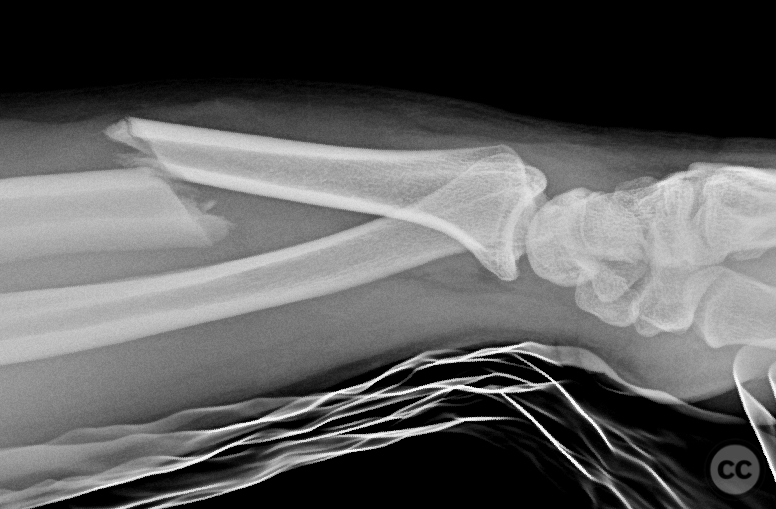
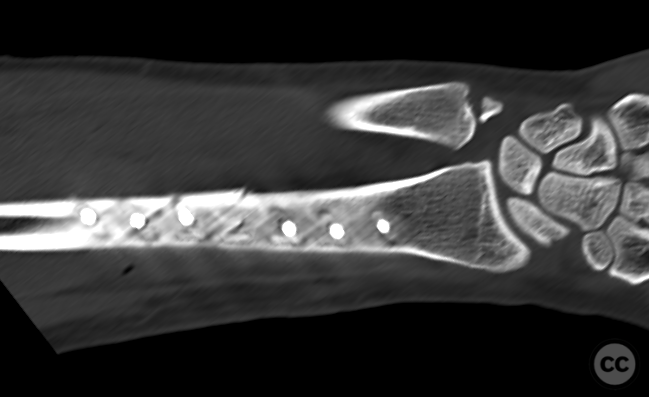
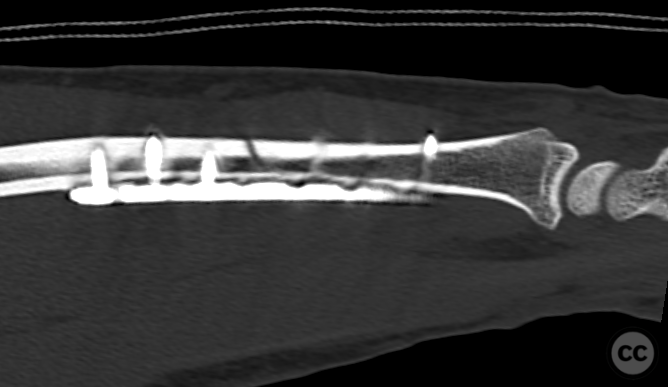
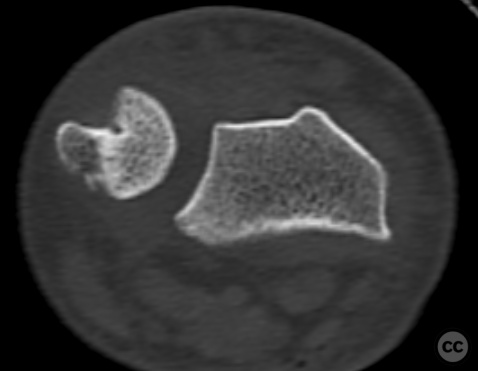





User Discussion (1)
Guest User
Good jobe . Why two k fire in ulna radial ? Screw is out bone dorsal ... So good
Screw out dorsally doesnt phase me too much as it will be in muscle rather than tendon. The transfixation could have been avoided though in my opinion